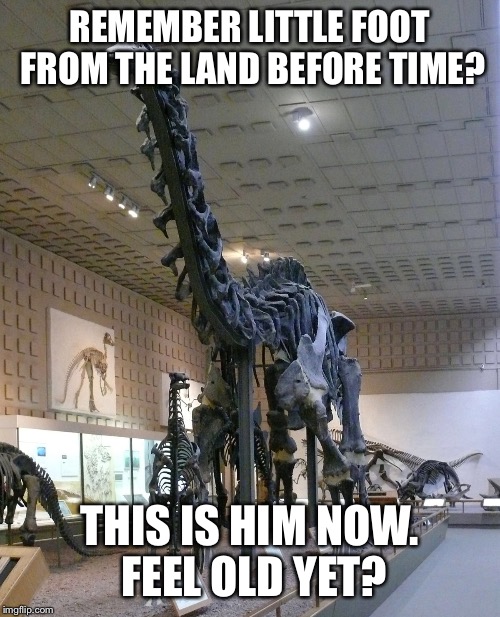Desperate Hours is
the first novel under the Star Trek: Discovery imprint,
and sees the reliable
Trek author David Mack
with the unenviable task of tying the backstory of Discovery
with the elaborate Star
Trek novel continuity. From the
get go, this was going to be a difficult task, and to his credit,
Mack, under direction from Bryan Fuller, goes straight in there by
setting this story at the exact intersection of the origins of Trek
and its newest iteration.
Desperate Hours (perhaps
the most generic title an adventure story could have) is set in 2255,
one year before the fateful events of “The Vulcan Hello,” and one
year after the very events written for Star Trek,
those of the first pilot episode, “The Cage.” In spite of being
set only two years apart, “The Cage” and “The Vulcan Hello”
are worlds apart in content, style and tone, the franchise having
developed in such ways that the two episodes are scarcely
recognisable as being part of the same universe. Nonetheless, if any
medium can make this work, it's prose, as the very distinct visual
styles of these two eras of Star Trek can
be glossed over, and the business of story focussed on.
There's a clear opportunity to combine
and contrast characters here, with Starfleet crews from different
ends of the franchise coming into collision. A crisis on the
breakaway colony of Sirsa III brings both the starships Shenzhou
and Enterprise
into orbit to deal with the problem. An ancient alien Juggernaut is
discovered beneath the surface of the planet, bristling with weaponry
and capable of wiping out not only Sirsa but any planet it local
space. While Captain Georgiou seeks a solution to both the alien
threat and the political ramifications of Starfleet intervention on
the planet, Captain Pike is called in to make carry out Starfleet's
orders. With the Juggernaut potentially posing a gigantic and
uncontainable danger to the Federation, Starfleet order's Pike to lay
waste to the planet should no other way of stopping it become
apparent.
While
it's fascinating to see two captains of very different stripes at
loggerheads – Georgiou is methodical and restrained, Pike more
bullish and masculine – I struggle to believe that Pike, who was so
memorably weighed down with the lives lost under his command in “The
Cage,” would so readily accept genocidal orders from Starfleet.
It's a major failing of characterisation in my opinion, and makes for
a significant flaw in the novel.
More
successful is the clash between Burnham and Spock. At present there
seems to be no plan to bring Spock to the screen in Discovery,
in spite of Burnham's relationship with Sarek and her presumed
presence during Spock's childhood. Desperate Hours explores
Burnham's background, clarifying some confusing elements, including
the two traumatic attacks she experienced on Doctari Alpha and
Vulcan, and also explores something of her upbringing, with Burnham
describing herself as “culturally Vulcan.” The similarities
between a human, brought up as Vulcan, and a Vulcan-human hybrid,
both from the same family, would suggest that Burnham and Spock have
a great deal in common and a special bond. So why do Burnham and
Spock have so little to do with each other?
To put
it bluntly, they can't stand each other. Their ongoing rivalry,
competing in youth for the respect of Sarek and the love of Amanda,
both trying to prove themselves in a stoic society, has only been
exacerbated by Spock's decision to join Starfleet and his resulting
schism with his father. Nonetheless, as much as they have a personal
dislike for each other, there's a clear and mutual respect between
Burnham and Spock, one which sees the upcoming first officer of the
Shenzhou call on the
junior science officer of the Enterprise for
help in this extremely difficult situation. A large chunk of the book
is taken up with Spock and Burnham working within the Juggernaut
itself, facing a series of deadly tasks. While this leads to some
fascinating interaction and sees the two learn more about each other,
and so themselves, I have limited patience for narrative that takes
the form of a series of puzzles, however life-threatening.
Nonetheless, the exploration of both Burnham and Spock brings new
depth to both their backgrounds.
The
less expected interaction is between Lt. Saru and Pike's Number One,
here, in line with other recent novels, given the rather obvious Una.
There is further exploration of Saru's background on Kelpia, which
explores his nature as a prey animal with less bluntness than the TV
episodes, but the surprising part is the deep respect, and indeed
attraction, to Number One. The two make an unusual but effective
pairing, and their scenes together are some of the most successful in
the book.
There
is some exploration of the rest of the Shenzhou's
bridge crew, giving a richness and realness that was missing in
Discovery's pilot
story. On the whole, the storyline is an enjoyable adventure, as much
about human conflict as alien threat. It's quite a straightforward
tale, but one with plenty of action and excitement, and in spite of
the supposed danger of the Juggernaut, provides a surprisingly
low-key series of events for the first Discovery novel.
Then again, not every Starfleet intervention leads to interstellar
war, thankfully. This time, Shenzhou and
Enterprise come
together and chalk this one up as a win for Starfleet. They should
probably make the most of it.









